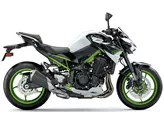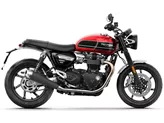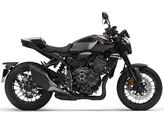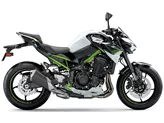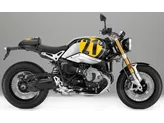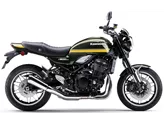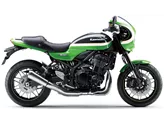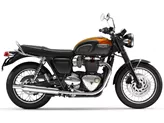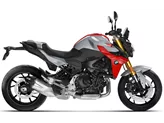Kawasaki Z900 RS 2018 vs. Kawasaki Z900 70kW 2020

Kawasaki Z900 RS 2018
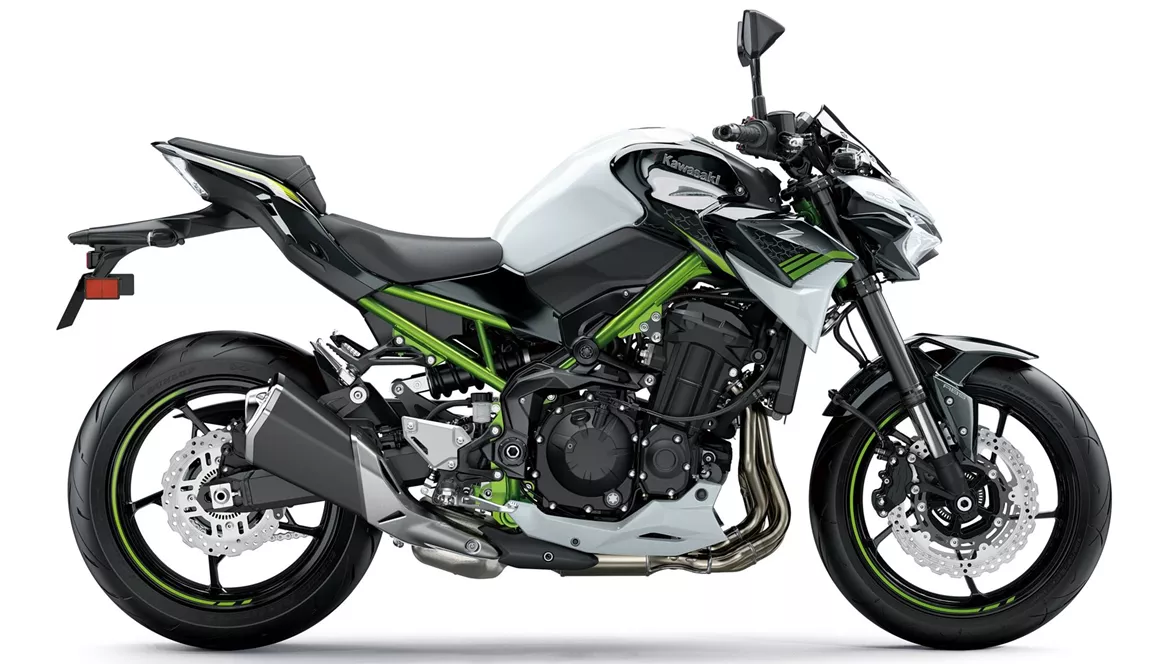
Kawasaki Z900 70kW 2020
Overview - Kawasaki Z900 RS 2018 vs Kawasaki Z900 70kW 2020
The Kawasaki Z900 RS model year 2018 and the Kawasaki Z900 70kW model year 2020 are both naked bikes from Kawasaki with similar technical specifications. However, there are some notable differences between the two models.
In terms of engine power, the Kawasaki Z900 RS 2018 has a more powerful engine with 111 HP compared to the Kawasaki Z900 70kW 2020, which has 95 HP. The Z900 RS also has higher torque at 98.6 Nm compared to 91.2 Nm for the Z900 70kW. This means that the Z900 RS may offer better acceleration and overall performance.
Both models have a 948cc inline-four engine and use fuel injection for the fuel system. They also have liquid cooling to ensure optimal engine temperature.
In terms of suspension, both models feature an upside-down telescopic fork for the front suspension and a swing arm with a monoshock for the rear suspension. The Z900 RS 2018 offers more adjustment options for both the front and rear suspension, including compression, preload, and rebound adjustments. The Z900 70kW 2020, on the other hand, only offers preload and rebound adjustments for both front and rear suspension.

Kawasaki Z900 RS 2018
Both models have a steel frame, but the Z900 RS 2018 has a tubular frame while the Z900 70kW 2020 has a double cradle frame. This may result in slight differences in handling and overall rigidity.
In terms of brakes, both models have double disk brakes with a diameter of 300 mm and four pistons. This ensures strong and reliable braking performance.
Both models also come equipped with advanced rider assistance systems such as ABS, ride by wire, and traction control. However, the Z900 70kW 2020 offers additional riding modes, which can enhance the riding experience and adapt to different road conditions.
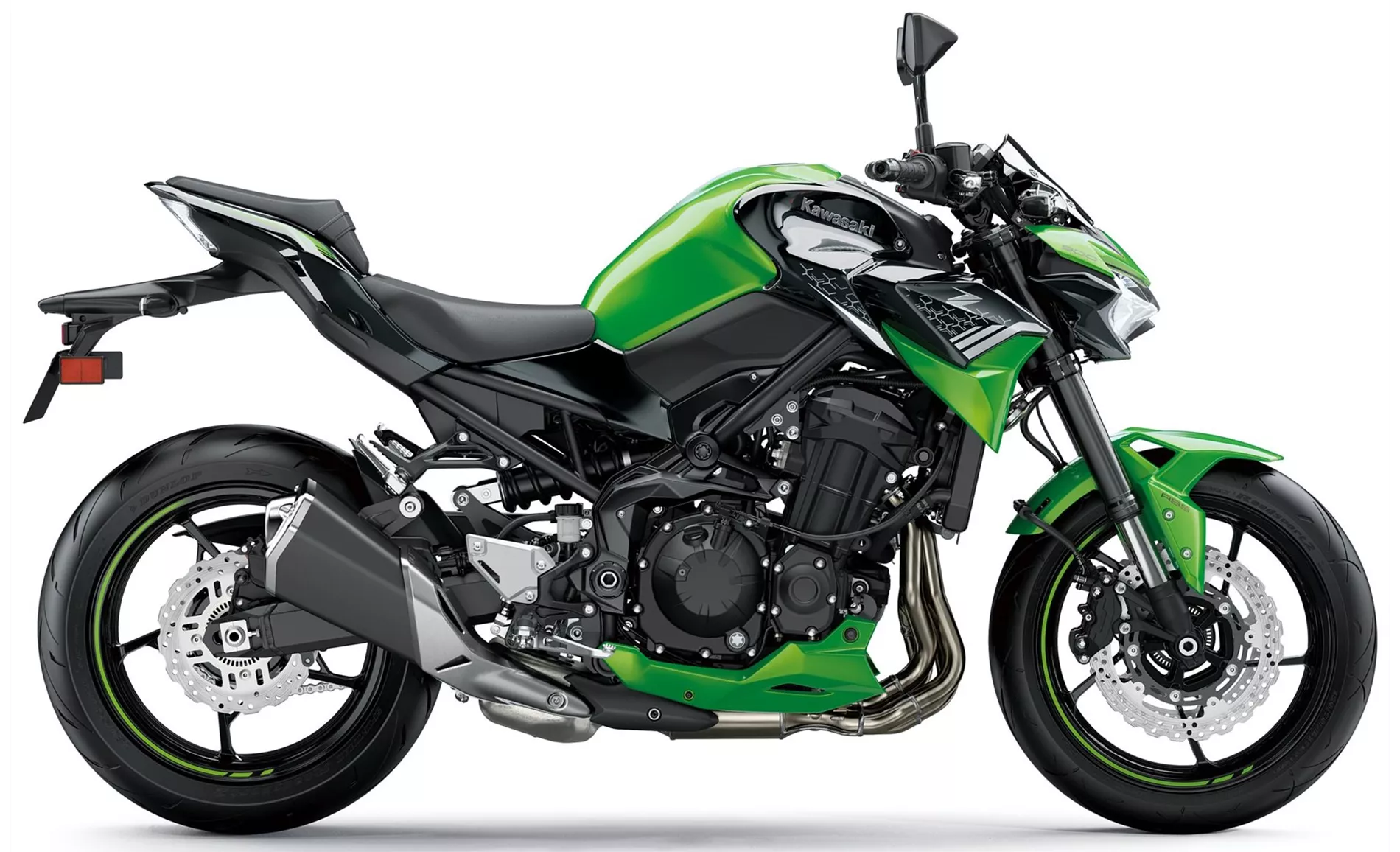
Kawasaki Z900 70kW 2020
In terms of dimensions and weights, both models have the same front and rear tire width and diameter. However, the Z900 RS 2018 has a slightly longer wheelbase at 1470 mm compared to 1450 mm for the Z900 70kW 2020. The seat height is also different, with the Z900 RS 2018 having a higher seat height at 835 mm compared to 795 mm for the Z900 70kW 2020. The Z900 RS 2018 is also slightly heavier with a kerb weight of 215 kg compared to 210 kg for the Z900 70kW 2020.
In terms of strengths, the Z900 RS 2018 is praised for its powerful and smooth engine, good looks, comfortable seating position, and balanced handling. It is also described as easy to ride and not nervous or ponderous. On the other hand, the Z900 70kW 2020 is praised for its sufficient power, great handling, good equipment, aggressive look, and value for money.
In terms of weaknesses, the Z900 RS 2018 lacks a shift assistant, making gear changes less convenient. It is also heavier than other retro bikes in its class and the seat may be too soft for long tours. Additionally, it lacks wind protection. The Z900 70kW 2020 has a somewhat tiring menu navigation and does not offer a quickshifter option for easier gear changes.
Overall, both the Kawasaki Z900 RS 2018 and the Kawasaki Z900 70kW 2020 are solid naked bikes with their own strengths and weaknesses. The Z900 RS 2018 may appeal to riders looking for a more powerful and retro-styled bike, while the Z900 70kW 2020 offers good performance, handling, and value for money.
Technical Specifications Kawasaki Z900 RS 2018 compared to Kawasaki Z900 70kW 2020
Pros and Cons in comparison
Pros and Cons in comparison
Kawasaki Z900 RS 2018

Its four-cylinder is silky smooth while delivering enough power to make you grin under your helmet. It is also very easy to move, which should make it a great commuter bike in everyday life and serve as an iconic fun bike at the weekend. The looks find the perfect straddle of classic design and modern details to form a coherent retro package that is also a worthy tribute to Kawasaki history. It's a great naked bike with a snazzy look.
Kawasaki Z900 70kW 2020
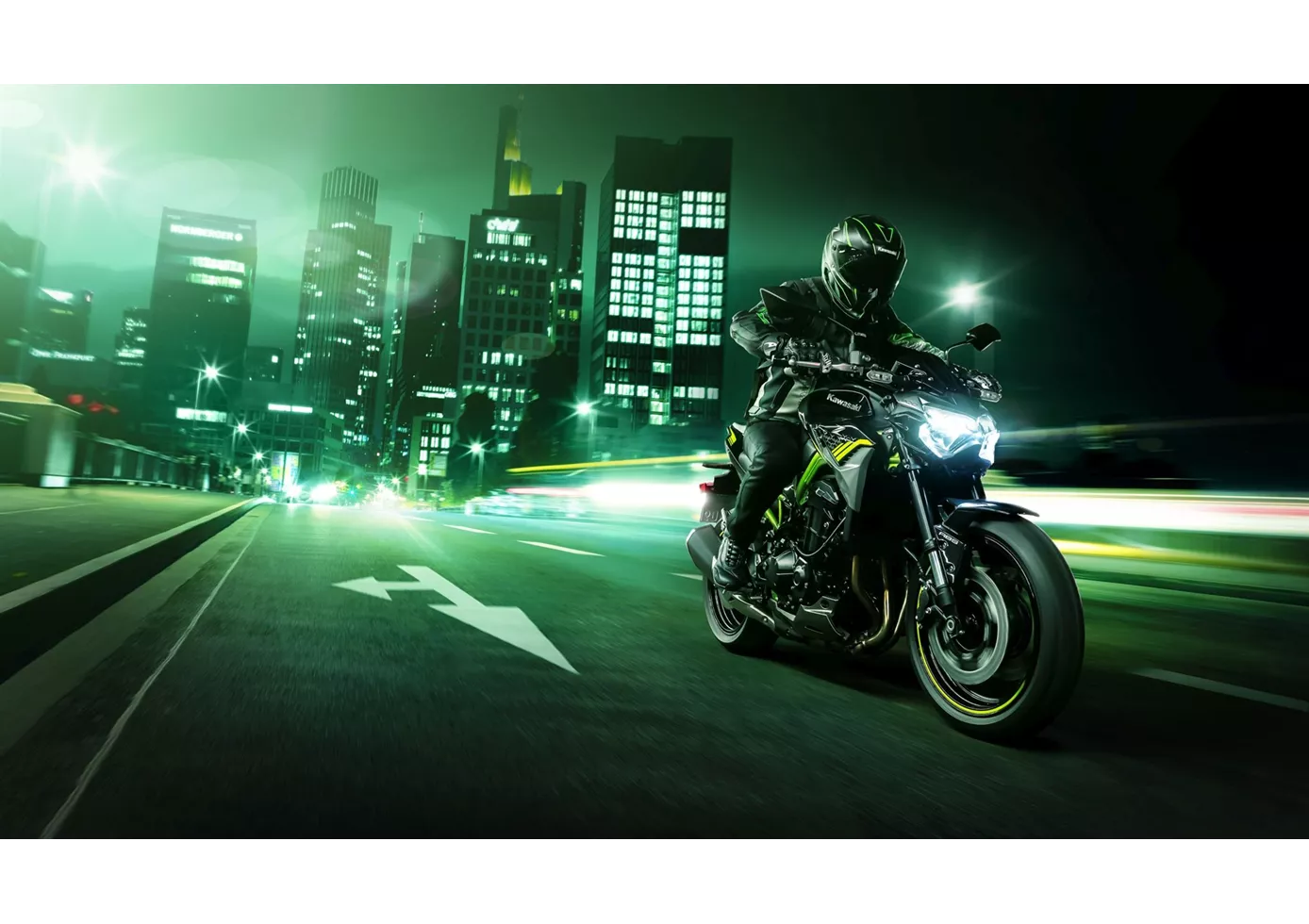
Whether you ride it with 70 kW, or in a further throttled 35 kW version: The Kawasaki Z900 is on a par with its open version - just with less power. That's why you can also be happy about the great handling and the updated electronics package for 2020. There's also good news about the engine. Even with 95 hp, the Kawa pulls tight on the chain and will give pleasure for many seasons! A bike you can grow with!
Price Comparison Avarage Market Price Kawasaki Z900 RS vs Kawasaki Z900 70kW
There are a few key differences between a Kawasaki Z900 RS 2018 and a Kawasaki Z900 70kW 2020. In terms of price, the actual average price of a Kawasaki Z900 RS 2018 is about 40% higher. Compared to Kawasaki Z900 70kW 2020 there are more Kawasaki Z900 RS 2018 bikes available on the 1000PS.de Marketplace, specifically 28 compared to 5. It takes less time to sell a Kawasaki Z900 RS with 154 days compared to 197 days for a Kawasaki Z900 70kW. Since model year 2018 1000PS.de editors have written 26 reviews for the Kawasaki Z900 RS and 10 reviews for the Kawasaki Z900 70kW since model year 2018. The first review for the Kawasaki Z900 RS was published on 9/6/2017 and now has more than 63,700 views. This compares to more than 104,300 views for the first review on Kawasaki Z900 70kW published on 11/23/2018.




